-
 bitcoin
bitcoin $114050.498472 USD
2.69% -
 ethereum
ethereum $4371.902473 USD
1.67% -
 xrp
xrp $2.995548 USD
1.55% -
 tether
tether $1.000215 USD
0.04% -
 bnb
bnb $892.359281 USD
1.43% -
 solana
solana $224.837338 USD
4.00% -
 usd-coin
usd-coin $0.999716 USD
-0.03% -
 dogecoin
dogecoin $0.246520 USD
3.37% -
 tron
tron $0.341142 USD
1.74% -
 cardano
cardano $0.886598 USD
2.57% -
 hyperliquid
hyperliquid $55.973026 USD
5.62% -
 chainlink
chainlink $23.669165 USD
2.89% -
 ethena-usde
ethena-usde $1.000760 USD
-0.02% -
 sui
sui $3.612536 USD
3.80% -
 stellar
stellar $0.388361 USD
4.33%
What should I do after an RSI divergence signal appears? What does a large BIAS deviation mean?
Combining RSI divergence with extreme BIAS levels across multiple timeframes enhances reversal signal accuracy, especially in volatile crypto markets.
Sep 11, 2025 at 01:36 pm
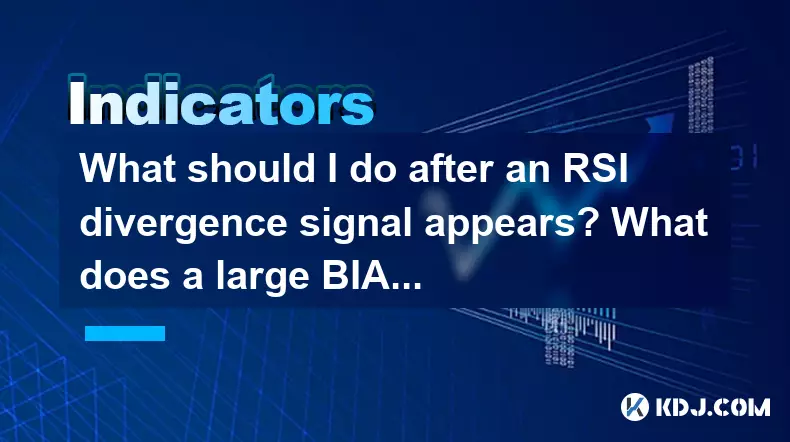
Understanding RSI Divergence and Market Behavior
1. When an RSI divergence signal appears, it indicates a potential weakening in the current price trend. A bearish divergence occurs when prices make higher highs while the RSI forms lower highs, suggesting momentum is fading despite upward price movement.
2. In contrast, a bullish divergence happens when prices reach lower lows but the RSI records higher lows, signaling that selling pressure may be decreasing even as prices decline. Traders often interpret this as a possible reversal point approaching.
3. After identifying such a signal, it's critical to avoid immediate action based solely on the divergence. Confirmatory evidence from candlestick patterns, volume shifts, or support/resistance levels should be evaluated before entering a trade.
4. Some traders wait for the RSI to cross key thresholds—such as moving above 30 after a bullish setup or below 70 following a bearish one—to validate the shift in momentum. This additional filter helps reduce false signals in choppy markets.
5. Position sizing and stop-loss placement become especially important at this stage. Since divergences can persist over extended periods without leading to reversals, risk management ensures survival during prolonged trends.
Implications of Large BIAS Deviation in Crypto Markets
1. The BIAS indicator measures the distance between the current price and a specific moving average, usually expressed as a percentage. A large positive BIAS means the price is significantly above its moving average, often interpreted as overbought conditions.
2. Conversely, a large negative BIAS reflects a price far below its moving average, hinting at oversold territory. In fast-moving cryptocurrency markets, extreme BIAS values frequently occur during parabolic rallies or sharp sell-offs.
3. When BIAS deviates substantially from zero, it suggests an imbalance between buyers and sellers. Such extremes may precede corrections, especially if accompanied by high trading volume or exhaustion gaps on charts.
4. Traders use BIAS to identify potential mean-reversion opportunities. For example, a coin showing a +15% BIAS against its 20-day MA might attract short-sellers anticipating a pullback toward the average.
5. However, strong trends can sustain high BIAS readings for extended durations. Relying solely on BIAS without considering broader market structure or sentiment could lead to premature entries. Combining it with volatility bands or MACD improves accuracy.
Integrating RSI and BIAS for Tactical Entries
1. Combining RSI divergence with BIAS analysis offers a layered view of momentum and price positioning. If both indicators align—such as spotting a bearish RSI divergence alongside a sharply elevated BIAS—the likelihood of a correction increases.
2. During bull runs in major cryptocurrencies like Bitcoin or Ethereum, temporary overextensions are common. A spike in BIAS combined with hidden bearish divergence (where price makes a higher low but RSI prints a lower low) can warn of upcoming consolidation phases.
3. On shorter timeframes, day traders monitor intraday BIAS deviations relative to 5-period or 10-period MAs. Pairing this with RSI crossovers near overbought/oversold zones allows precise timing for scalping setups.
4. Altcoins tend to exhibit more exaggerated BIAS swings due to lower liquidity. A sudden +20% deviation in a mid-cap token’s price from its 10-day MA, coupled with weakening RSI momentum, often precedes sharp retracements.
5. Confirmation across multiple timeframes strengthens reliability. For instance, observing weekly RSI divergence supported by daily BIAS extremes provides stronger context than single-frame signals alone.Frequently Asked Questions
What timeframes work best for detecting reliable RSI divergences?Higher timeframes like the 4-hour, daily, or weekly charts produce more significant RSI divergences. Signals on lower timeframes are prone to noise and frequent whipsaws, especially in volatile altcoin pairs.
Can BIAS be used effectively in ranging markets?Yes, BIAS performs well in sideways conditions where prices oscillate around moving averages. Extreme positive or negative readings serve as contrarian signals, guiding trades toward the centerline rather than trend continuation.
How do you differentiate between normal momentum shifts and false divergence signals?False divergences often lack volume confirmation or occur without reaching overbought/oversold RSI levels. True divergences typically coincide with structural breaks, such as failure to surpass prior swing points, and are reinforced by declining volume during new price extremes.
Is BIAS useful for long-term investment decisions?While primarily a short-term technical tool, sustained extreme BIAS levels over weeks can highlight overvalued or undervalued conditions in assets. Long-term investors may use prolonged deviations as alerts to reassess entry or exit points within their fundamental thesis.
Disclaimer:info@kdj.com
The information provided is not trading advice. kdj.com does not assume any responsibility for any investments made based on the information provided in this article. Cryptocurrencies are highly volatile and it is highly recommended that you invest with caution after thorough research!
If you believe that the content used on this website infringes your copyright, please contact us immediately (info@kdj.com) and we will delete it promptly.
- Ethereum, Altcoin Season, and Trend Research: Riding the Wave
- 2025-09-11 18:25:13
- Dogecoin Mining Profitability in 2025: Still a Viable Option?
- 2025-09-11 18:25:13
- BNB, Binance, and Franklin Templeton: A New Era for Crypto?
- 2025-09-11 19:30:02
- XRP Price, Altcoins, and the Trader Debate: What's the Buzz?
- 2025-09-11 19:30:02
- Cardano, Pi Network, Rollblock Presale: Unveiling the Hottest Crypto Trends
- 2025-09-11 19:05:12
- XRP Price Surge Defies Logic: Token Trading and Monthly Gain Analysis
- 2025-09-11 19:30:02
Related knowledge
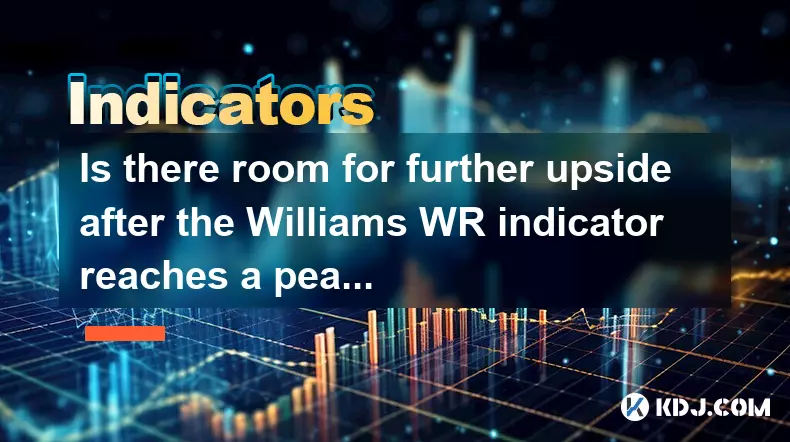
Is there room for further upside after the Williams WR indicator reaches a peak?
Sep 11,2025 at 07:36pm
Understanding the Williams %R in Crypto Markets1. The Williams %R is a momentum oscillator developed by Larry Williams to identify overbought and over...

What is the success rate of a TRIX golden cross?
Sep 11,2025 at 02:18am
Understanding the TRIX Indicator in Cryptocurrency Trading1. The TRIX (Triple Exponential Average) indicator is a momentum oscillator designed to filt...
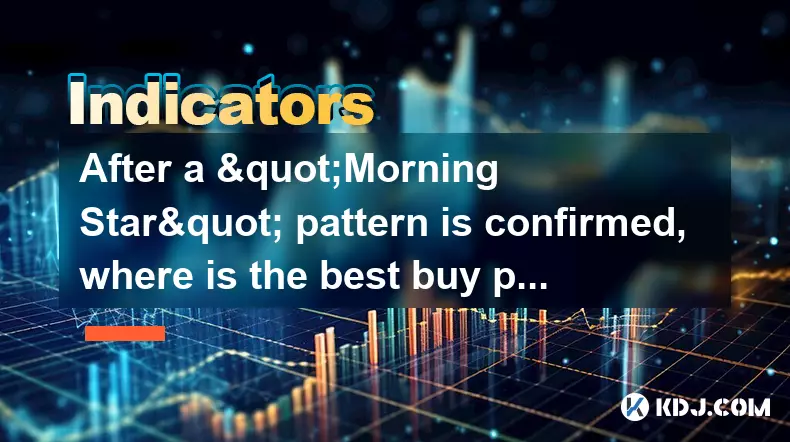
After a "Morning Star" pattern is confirmed, where is the best buy point?
Sep 10,2025 at 06:00pm
Understanding the Morning Star Pattern1. The Morning Star is a bullish reversal candlestick pattern that typically forms at the end of a downtrend. It...
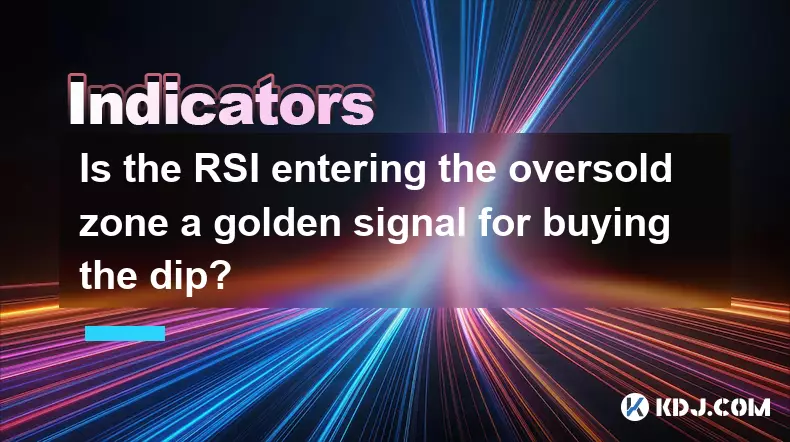
Is the RSI entering the oversold zone a golden signal for buying the dip?
Sep 09,2025 at 02:55pm
Understanding the RSI and Its Role in Crypto Trading1. The Relative Strength Index (RSI) is a momentum oscillator widely used in the cryptocurrency ma...
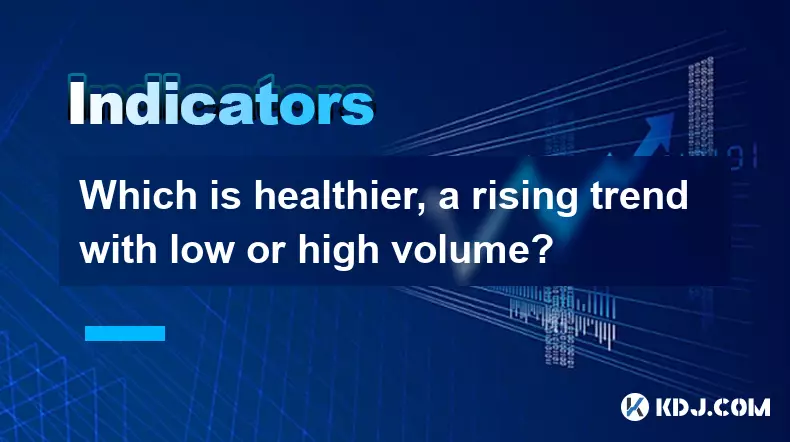
Which is healthier, a rising trend with low or high volume?
Sep 09,2025 at 04:00pm
Understanding Volume in Market Trends1. Volume serves as a critical indicator when analyzing the strength of a rising trend in cryptocurrency markets....
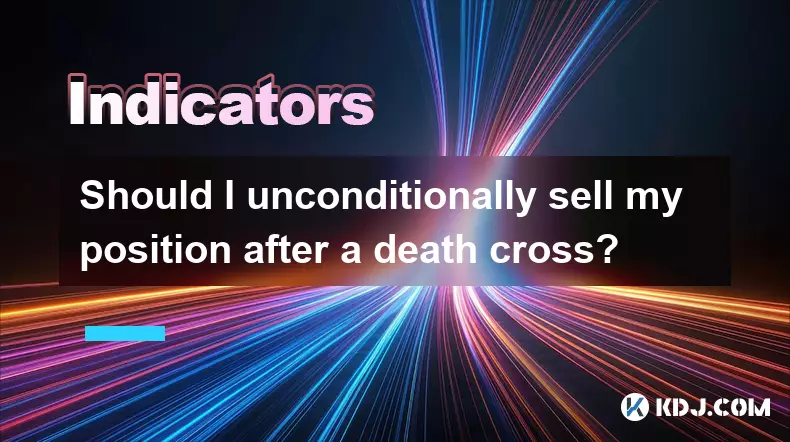
Should I unconditionally sell my position after a death cross?
Sep 11,2025 at 11:00am
Understanding the Death Cross in Cryptocurrency Markets1. The death cross is a technical indicator that occurs when a short-term moving average, typic...

Is there room for further upside after the Williams WR indicator reaches a peak?
Sep 11,2025 at 07:36pm
Understanding the Williams %R in Crypto Markets1. The Williams %R is a momentum oscillator developed by Larry Williams to identify overbought and over...

What is the success rate of a TRIX golden cross?
Sep 11,2025 at 02:18am
Understanding the TRIX Indicator in Cryptocurrency Trading1. The TRIX (Triple Exponential Average) indicator is a momentum oscillator designed to filt...

After a "Morning Star" pattern is confirmed, where is the best buy point?
Sep 10,2025 at 06:00pm
Understanding the Morning Star Pattern1. The Morning Star is a bullish reversal candlestick pattern that typically forms at the end of a downtrend. It...

Is the RSI entering the oversold zone a golden signal for buying the dip?
Sep 09,2025 at 02:55pm
Understanding the RSI and Its Role in Crypto Trading1. The Relative Strength Index (RSI) is a momentum oscillator widely used in the cryptocurrency ma...

Which is healthier, a rising trend with low or high volume?
Sep 09,2025 at 04:00pm
Understanding Volume in Market Trends1. Volume serves as a critical indicator when analyzing the strength of a rising trend in cryptocurrency markets....

Should I unconditionally sell my position after a death cross?
Sep 11,2025 at 11:00am
Understanding the Death Cross in Cryptocurrency Markets1. The death cross is a technical indicator that occurs when a short-term moving average, typic...
See all articles










































































